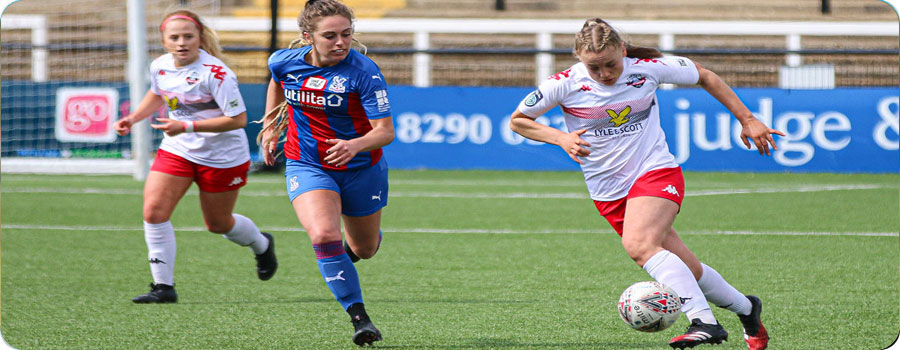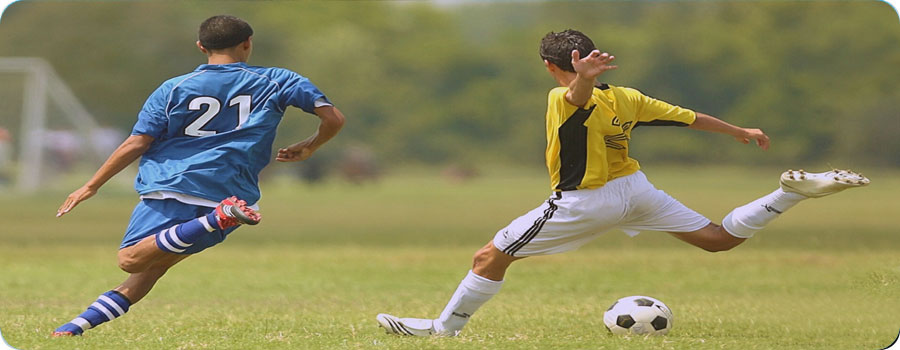Common Football Injuries
What are the most common footballing injuries?
Hamstring and groin strains are the injuries we see most commonly in footballers. Hamstrings, the big muscles in the back of the thigh, work super- hard! They must control the lower leg while they’re lengthening (eccentric contraction), as well as controlling the knee when the foot is planted on the ground.As you can see from lists of injured players, by far most footballing injuries occur in the lower limb. Why? Because playing involves short sprints, kicking, and rapid direction changes. These ballistic movements put a lot of stress through the muscles and joints of the leg and pelvis.
Groin strains usually affect the adductor muscles – they’re on the inside of the thigh. They are at risk during football because of movements such as sliding tackles or side steps. However, it’s important to differentiate this from other forms of groin pain. Problems with the pelvic joints, instability, hernia or tendinopathy can also give pain in a similar area. Correct treatment depends on correct diagnosis, so a proper evaluation is vital.
After muscle strains, the other footballing injuries we often come across are knee and ankle sprains. The ligaments of these joints come under pressure from sudden twisting movements, especially when the foot is planted on the ground.”
How do you treat footballing injuries?
First aid is really important, even before the player arrives at clinic for treatment. So making sure players know to use the ‘PRICE ’ protocol (that’s ‘protection, rest, ice, compression, elevation’) in the first 24–72 hours is a good start.When the footballer arrives for treatment, my method of evaluating them will depend on how much movement they have at the time. Sometimes, I can judge overall function, and see weakness or asymmetry, by using whole-body movements, such as squats. Other times, I’ll be much more focused on a swollen knee, assessing it by gently moving the joint myself.
Whatever state a player is in when they arrive, I can draw on a range of treatment techniques to suit the situation. Dry needling (medical acupuncture) can be a great help in reducing pain. Often, a combination of specific massage and mobilisation will go a long way to kickstarting the healing process.
Once things are settling down, I love to help a player return to full capacity with carefully progressed rehabilitation exercises. Having had a few injuries myself, I know how frustrating it is to be on the bench!

Struggling with sports injuries?
If you need help with footballing (or any other sporting) injuries, Alice is here to help! With a degree in Sports Science alongside her qualification in osteopathy, she’s perfectly placed to get you back on track.You can book with Alice here.
Want to know more about what an osteopath does?
We have a couple of great articles that will help you understand more about what an osteopath is and what an osteopath does. Please click the links below for further information.
We are only a call or booking away!

